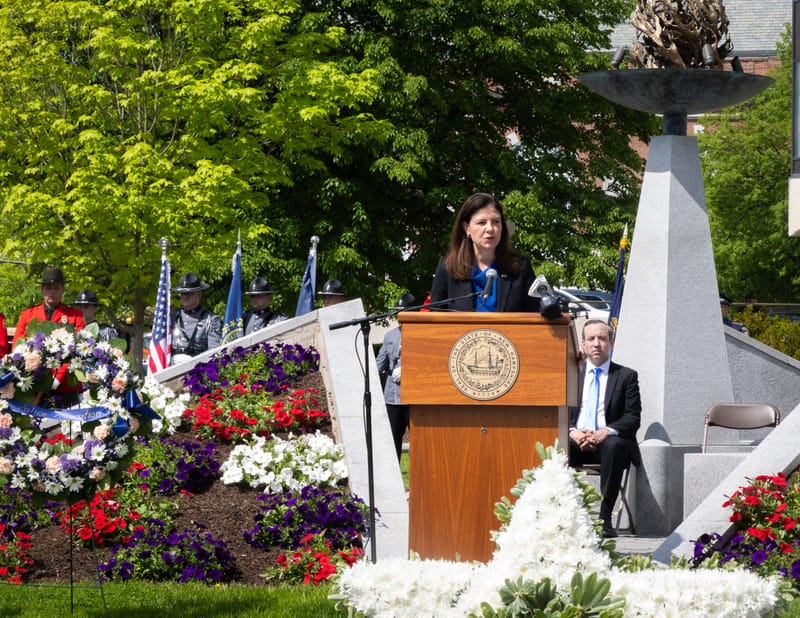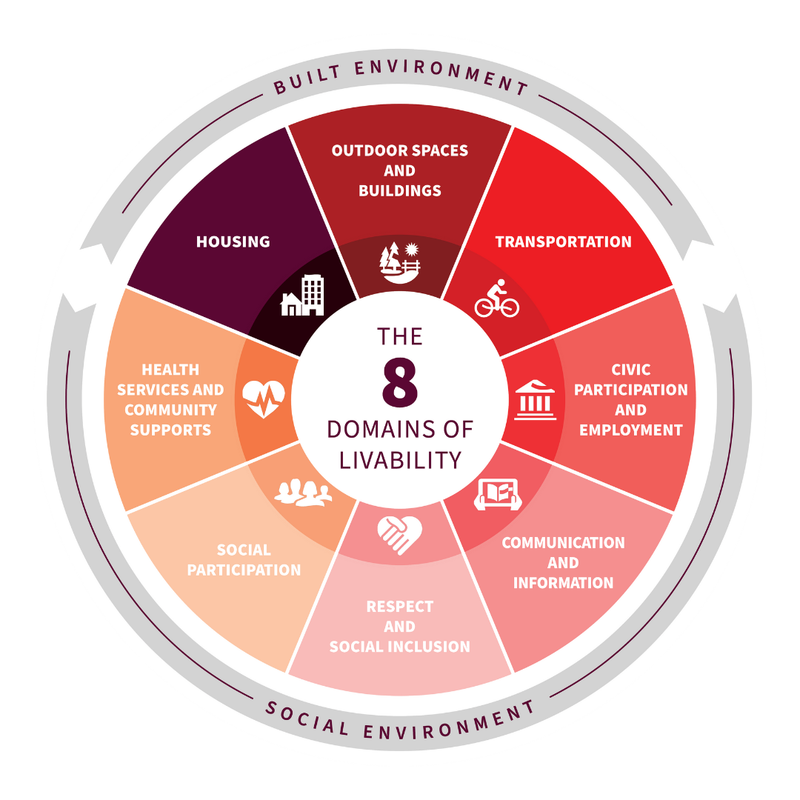Keeping the wall between church and state
I want to make it clear that I believe that there is a difference between the Separation of Church and State and the outright removal of God from the public square. For example, I do not believe that “In God We Trust” needs to be removed from money because it is a phrase and I do not believe that it
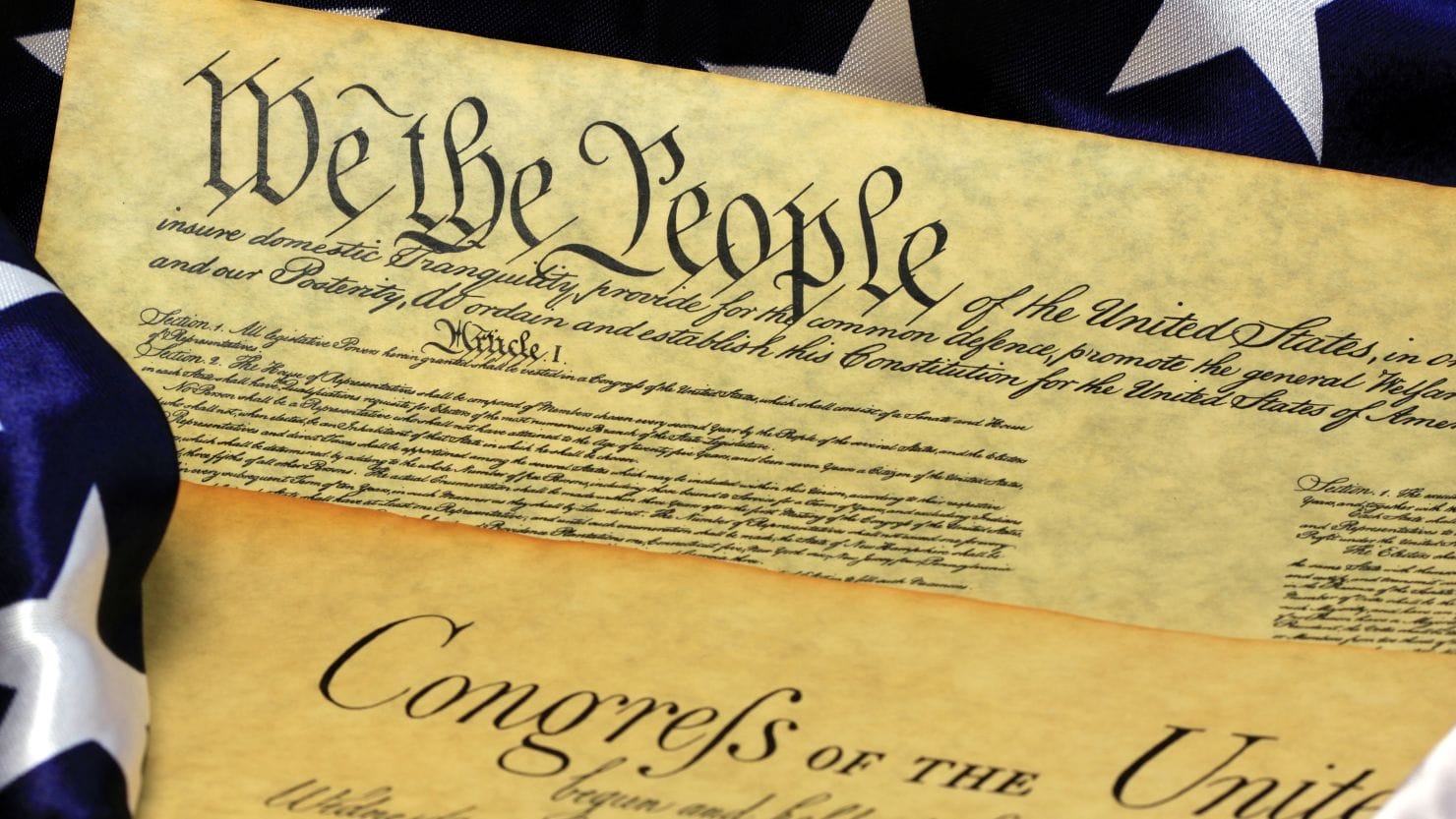
O P I N I O N
FORWARD FOCUS
by Brian Chicoine


I was recently at a Christian youth rally where several students spoke about starting a Bible study in their public schools. Several other public school students were encouraged and inquired about starting Bible studies in their schools.
I see it as a great thing that students want to study the Bible with their fellow public school students. I encourage youth to not only study the Bible, but to ask questions and – for those who are believers or are exploring the faith – to compare everything that is taught to them to Scripture and to the life of Jesus.
Several youth leaders and parents questioned the legality of having a Bible study in public schools. There has been great debate over this as it has been seen as a “separation” issue (referring of course to the Separation of Church and State). We begin by looking at the legality of a Bible study being held in a public school, and find that it is in fact, legal. The Equal Access Act, passed in 1984, makes it legal for student-initiated and student-led Bible studies or other “religious” meetings or clubs to take place in public schools if the school allows other extracurricular groups. The Act also states that outsiders may not “direct, conduct, control, or regularly attend” student religious clubs, and faculty acting as monitors may be present at religious meetings in a nonparticipatory capacity only. As a side note, this Act was upheld by an 8-1 ruling of the United States Supreme Court in Westside Community Schools v. Mergens, (496 U.S. 226 [1990]). So it’s pretty clear that student-initiated and student-led “religious” clubs, (and Bible studies) are legal and do not violate Separation.
I am a Christian, but am personally for Separation of Church and State because I do not believe that the Church should dictate the affairs of the government and do not want the United States to become a Theocracy. I also do not believe that the role of the government is to dictate the internal affairs of the Church (I believe this for all religions). I do not have a problem with Christians holding public office or Christian organizations advocating for policies that are in-line with their beliefs, but do not want to see Christianity (or any religion) controlling the government. I also do not want to see the government dictating religion. (Thankfully, the First Amendment restricts the government from doing that).
I want to make it clear that I believe that there is a difference between the Separation of Church and State and the outright removal of God from the public square. For example, I do not believe that “In God We Trust” needs to be removed from money because it is a phrase and I do not believe that it alone establishes a religion. However, like John Locke, I believe in religious tolerance and believe that the government should be a secular institution. I believe that the government should serve the interests of all citizens regardless of their religious beliefs.
Although the phrase “Separation of Church and State,” does not explicitly appear in the U.S. Constitution, the intent and meaning are derived from the aforementioned First Amendment. I have written a brief summary about Separation below, because understanding the historical context and the intentions behind Separation is crucial to appreciating its importance in maintaining a free and diverse society.
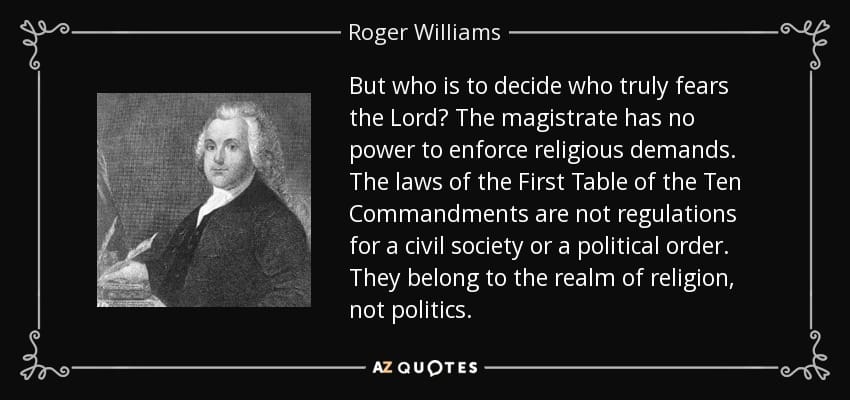
Early Colonial Influences
The idea of separating church and state emerged well before the founding of the United States, influenced by the religious experiences of early colonists. Many settlers came to America seeking freedom from religious persecution experienced in Europe, where state-endorsed churches often oppressed dissenting religious groups. For example, the Puritans in Massachusetts sought to create a community based on their religious beliefs, yet they did not tolerate other religious practices, leading to conflicts and eventual calls for religious freedom.
One notable advocate for religious freedom was Roger Williams, who founded the Rhode Island colony in 1636. Williams, a Puritan minister, was banished from Massachusetts for his beliefs in religious tolerance and the Separation of Church and State. In Rhode Island, he established a haven for religious dissenters, emphasizing that civil authorities should not enforce religious doctrine. Williams’ ideas laid early groundwork for the concept of religious freedom in America.
The Enlightenment and Revolutionary Thought
The Enlightenment of the 17th and 18th centuries profoundly influenced American revolutionary thought, emphasizing reason, individual rights, and the separation of religious and governmental powers. Enlightenment thinkers like John Locke argued for religious tolerance and the idea that government should be a secular institution, serving the interests of all citizens regardless of their religious beliefs.
Thomas Jefferson and James Madison were particularly instrumental in incorporating these ideas into American political philosophy. Jefferson’s “Virginia Statute for Religious Freedom,” drafted in 1777 and enacted in 1786, declared that individuals should be free to choose their faith without coercion. Madison, a key architect of the The Constitution, championed the principle that the government should neither establish a religion nor prohibit its free exercise, ensuring a secular state that respects diverse religious practices.
The Constitutional Framework
The U.S. Constitution, adopted in 1787, reflects the intent to create a government free from religious entanglement. While the original text of the Constitution does not explicitly mention religion, the prohibition of religious tests for public office in Article VI, (Clause 3), underscores the commitment to religious neutrality. This provision was a significant step toward ensuring that government positions were accessible to individuals of all faiths or none, promoting a pluralistic society.
The First Amendment, ratified in 1791 as part of the Bill of Rights, explicitly addressed the issue of religion. It states: “Congress shall make no law respecting an establishment of religion, or prohibiting the free exercise thereof.” This clause, known as the Establishment Clause, alongside the Free Exercise Clause, forms the constitutional basis for the separation of church and state. The framers intended to prevent the government from favoring any religion and to protect individuals’ rights to practice their faith freely.
Jefferson’s “Wall of Separation”
Thomas Jefferson’s 1802 letter to the Danbury Baptist Association is often cited as a foundational text for understanding the intent behind the First Amendment. In this letter, Jefferson described the First Amendment as building “a wall of separation between Church & State.” This metaphor has been influential in shaping the judicial interpretation of the Establishment Clause, emphasizing the need for a clear boundary between religious and governmental spheres.
Jefferson’s “wall of separation” was meant to protect both religious institutions and the government from undue influence by the other. By ensuring that the government remained neutral in religious matters, Jefferson and his contemporaries aimed to create a society where religious diversity could flourish without state interference or endorsement.
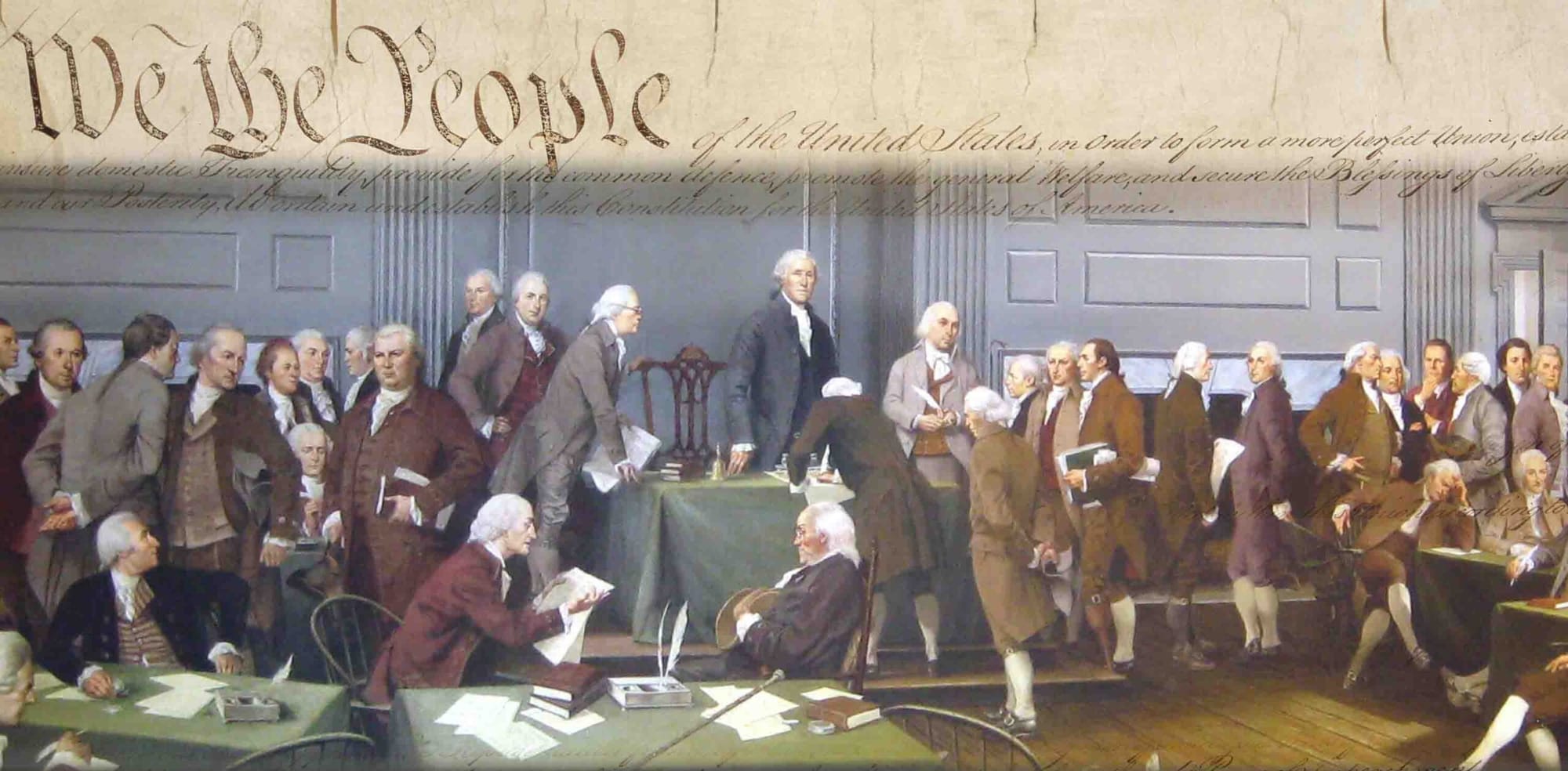
Early Judicial Interpretations
The early 19th century saw few Supreme Court cases directly addressing the separation of church and state. However, one notable case, Reynolds v. United States (1879), began to shape judicial understanding of religious freedom. In this case, the Court upheld a federal law banning polygamy, ruling that religious practices could not justify illegal activities. While the decision limited religious practices in some contexts, it affirmed the principle that religious belief does not exempt individuals from following the law.
The Court’s interpretation of the Establishment Clause continued to evolve in the 20th century, particularly as American society became more religiously diverse and the role of religion in public life became more contested.
The 20th Century and the Establishment Clause
The modern era saw significant Supreme Court decisions that clarified and expanded the interpretation of the Establishment Clause. One landmark case was Everson v. Board of Education (1947), where the Court ruled that state funding for transportation to parochial schools did not violate the Establishment Clause.
Following Everson, the Supreme Court developed various tests to evaluate potential violations of the Establishment Clause. The Lemon v. Kurtzman (1971) decision introduced the “Lemon test,” a three-pronged approach to determine if a government action violates the Establishment Clause. According to the Lemon test, a law must have a secular purpose, must neither advance nor inhibit religion, and must not result in excessive government entanglement with religion.
Prayer in Schools and Public Spaces
School prayer has been one of the most contentious issues related to the Separation of Church and state. In Engel v. Vitale (1962), the Supreme Court ruled that state-sponsored prayer in public schools was unconstitutional, emphasizing that the government should not compose official prayers for students. This decision was reinforced by Abington School District v. Schempp (1963), which struck down Bible readings in public schools.
These rulings underscored the principle that public schools, as government institutions, should remain neutral on religious matters to respect the diverse beliefs of students and their families. However, debates over religious activities in schools and public spaces continue, reflecting the ongoing tension between religious expression and governmental neutrality.
Religious Symbols and Government Property
The display of religious symbols on government property has also sparked significant legal battles. In Lynch v. Donnelly (1984), the Supreme Court allowed a Christmas nativity scene to be displayed in a public park, ruling that it had a legitimate secular purpose and did not primarily advance religion. However, subsequent cases have varied in their outcomes, illustrating the complex nature of the Establishment Clause.
The 2005 case Van Orden v. Perry upheld the display of a Ten Commandments monument on the Texas State Capitol grounds, emphasizing the historical context and secular message of the monument. However, in McCreary County v. ACLU (2005), the Court ruled that Ten Commandments displays in Kentucky courthouses violated the Establishment Clause because they lacked a clear secular purpose.
The Free Exercise Clause
While the Establishment Clause aims to prevent government endorsement of religion, the Free Exercise Clause protects individuals’ rights to practice their faith without undue governmental interference. Balancing these two clauses can be challenging, as seen in various Supreme Court cases.
Sherbert v. Verner (1963) established the “Sherbert test,” which requires the government to demonstrate a compelling interest before infringing on religious practices. This test aimed to protect religious minorities from laws that might inadvertently restrict their religious practices. However, in Employment Division v. Smith (1990), the Court ruled that neutral, generally applicable laws do not violate the Free Exercise Clause, even if they incidentally burden religious practices. This decision prompted Congress to pass the Religious Freedom Restoration Act (RFRA) in 1993, seeking to restore the Sherbert test’s protections at the federal level.
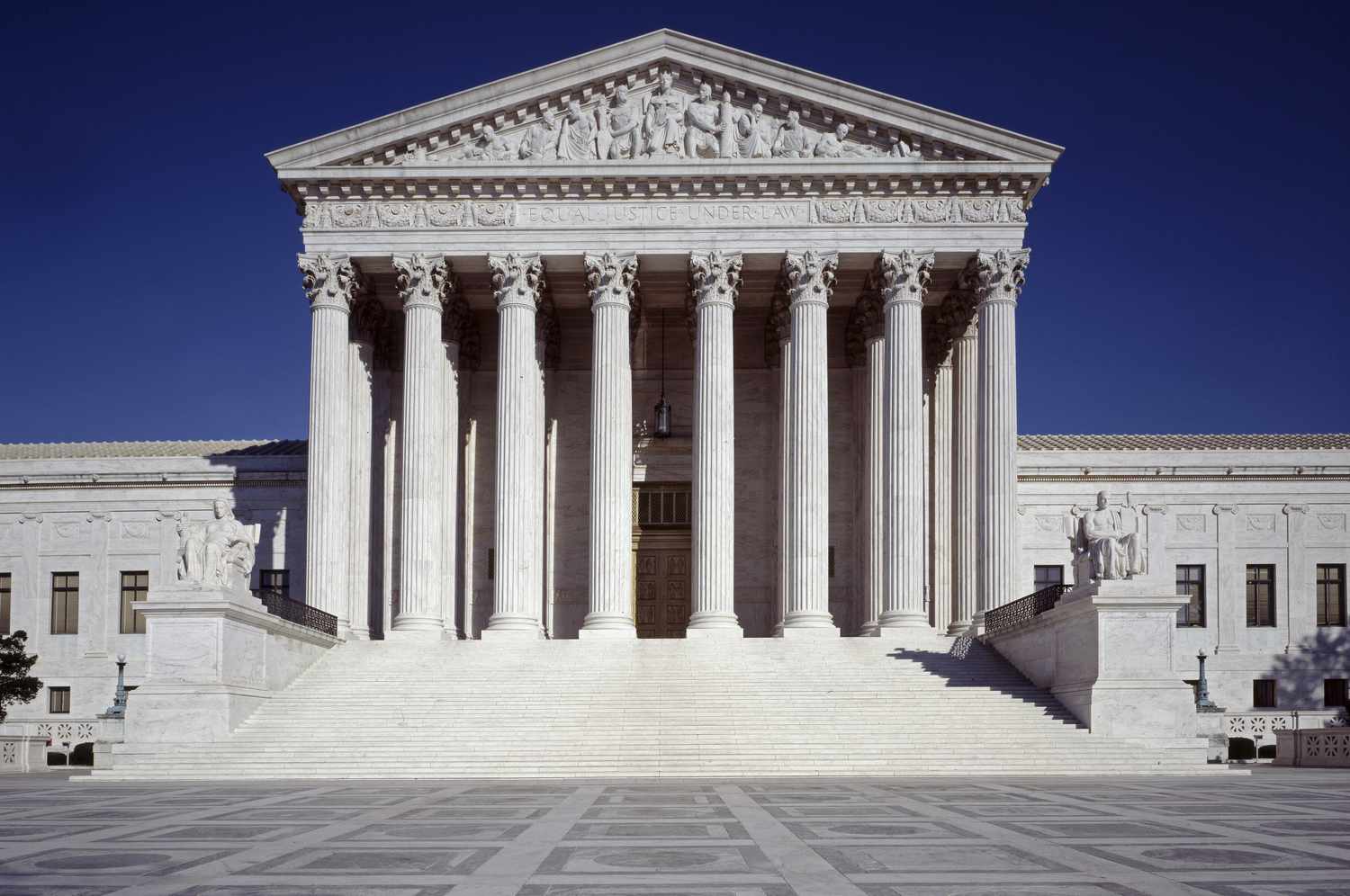
Contemporary Issues and Debates
The Separation of Church and State remains a vibrant and often contentious issue in contemporary America. Recent debates have focused on topics such as religious exemptions in healthcare, the role of religion in political discourse, and the rights of religious organizations to receive government funding.
The Affordable Care Act‘s contraception mandate, for instance, led to legal challenges from religious organizations and businesses that opposed the mandate on religious grounds. In Burwell v. Hobby Lobby Stores, Inc. (2014), the Supreme Court ruled that closely held for-profit corporations could be exempt from the mandate based on religious objections, highlighting the ongoing balancing act between religious freedom and governmental policies.
Conclusion
The history and intent of the Separation of Church and State in the United States reveal a complex interplay of philosophical, legal, and cultural forces aimed at ensuring both religious freedom and governmental neutrality. From the early influences of colonial experiences to the establishment of constitutional protections and modern judicial interpretations, this principle has been foundational in America.
The Separation of Church and State remains crucial in protecting individual liberties, promoting social harmony, and maintaining a diverse and inclusive society. As contemporary issues continue to challenge this separation, the ongoing commitment to upholding this principle is essential in navigating the balance between religious freedom and secular governance.
As always, feel free to email your comments to me at bchicoinemht@gmail.com.


